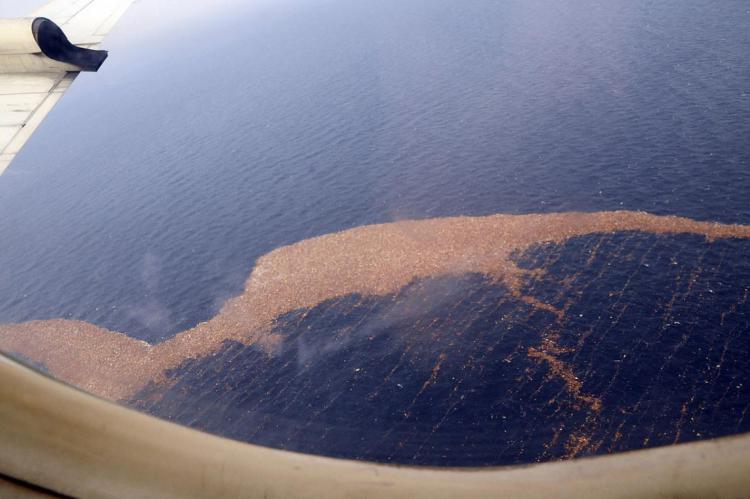B.C. waters show no radiation increase after tsunami
Vancouver Aquarium president asserts radioactive isotope levels remain low
According to Vancouver Aquarium president John Nightingale, there is no evidence of a radiation increase in the environment “much above background level” resulting from meltdowns at the Fukushima nuclear energy plant after the 2011 Japan tsunami.
Nightingale, a professional biologist, declares radioactive isotope levels such as Cesium 134 and 137 remain low, contrary to what people may have read or heard.
“Scientists have been monitoring the ocean environment now for a long time — basically since the Second World War,” said Nightingale at a news conference at the Vancouver Aquarium. “The amount of radiation from various compounds has grown a bit and changed over the years, but in many cases it is still below detectability thresholds.”
When was asked whether any of the B.C. coast debris was radioactive, Nightingale said: “No, there is no evidence from any scientific source that we’re seeing much of an increase yet.”
Peter Ross, ocean science program director at the aquarium, later added in a phone interview that while he doesn’t want to speak for official federal government agencies, he understands that there have already been at least three studies based on monitoring air, milk and a variety of fish species.
“All of those studies, as I understand it, revealed zero or a slight uptick in the contamination level as assessed using the latest techniques,” said Ross. “From my perspective, when I interpret all the information I’m getting, there is no cause for concern,” he added.
Environment Minister Mary Polak announced the provincial government was distributing $270,000 to the Great Canadian Shoreline Cleanup to cover costs of tsunami debris removal along Vancouver Island’s west coast. The money is part of $1 million given by the Japanese government to help cleanup tsunami debris. To date, $646,000 has been distributed to indigenous and community groups for projects to clean up and remove debris from remote areas of the west coast. Under the Great Canadian Shoreline Cleanup, 59 shorelines totaling 88 km have been identified for cleanup.
The magnitude-9.0 earthquake and tsunami killed almost 19,000 people and caused the meltdown of three reactors in the Fukushima Daiichi Nuclear Power Plant.
According to the U.S. National Oceanic and Atmospheric Administration’s tsunami debris website, an estimated 4.5 million tonnes of debris was washed out by the tsunami, with 70 per cent is believed to have sunk near Japan, and 30 per cent floated away and dispersed. The NOAA expects tsunami debris to continue washing up along the Pacific Coast shoreline for several years.





























